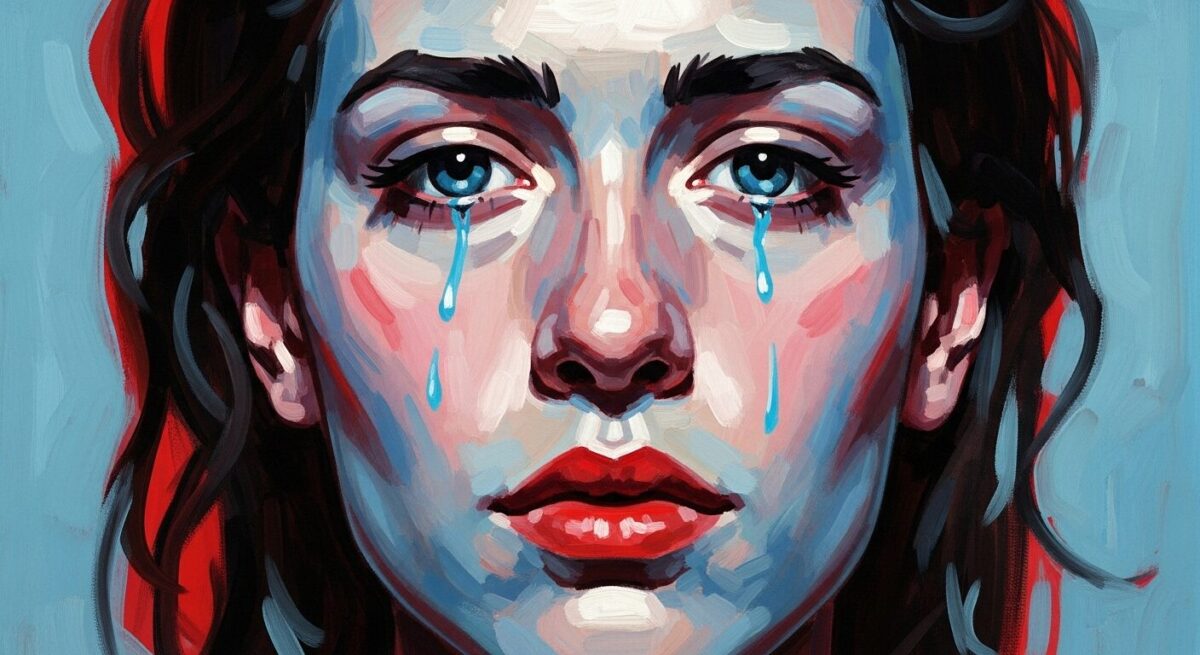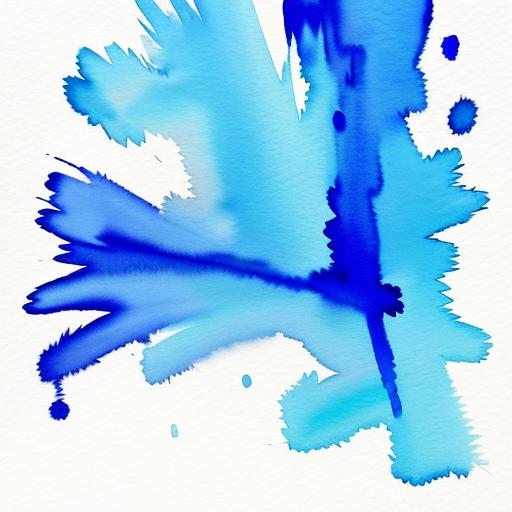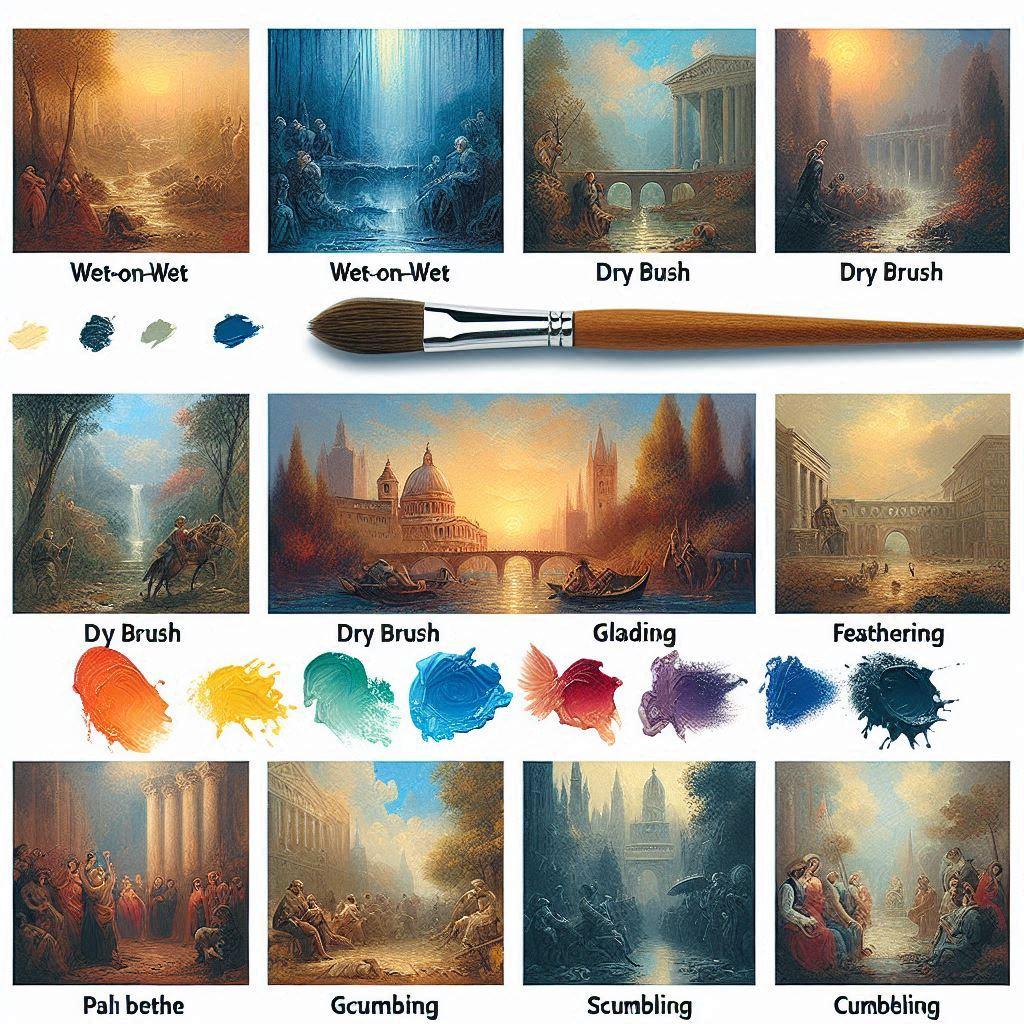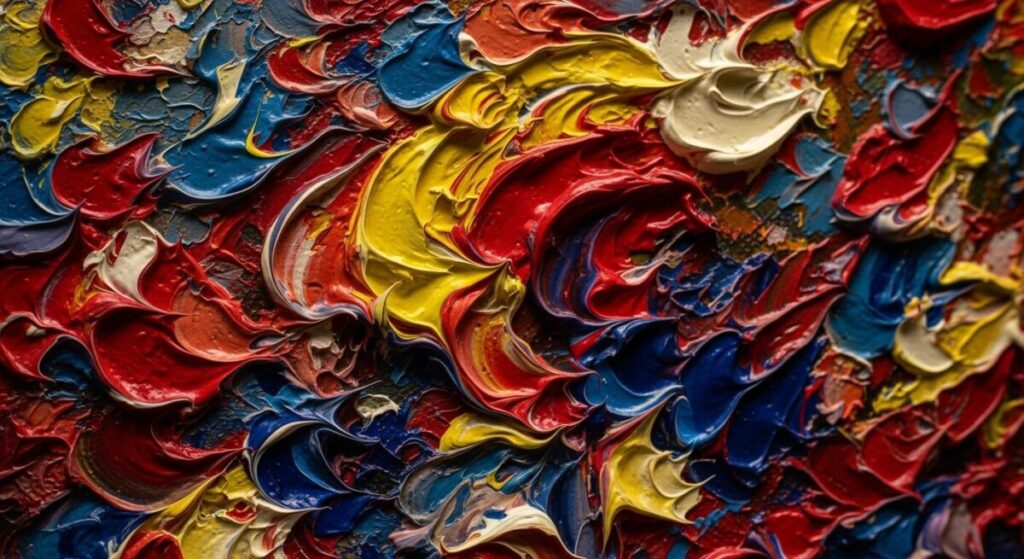
Ever look at a painting and feel something deep down, even if you can’t quite put your finger on why? That’s the magic of expressive art! It’s not just about making things look “right” or perfectly real; it’s about pouring your feelings, thoughts, and even your dreams onto the canvas. It’s about letting your inner world burst forth in colors, lines, and textures. If you’ve ever wanted your art to feel alive and speak volumes without words, you’re in the right place to learn how to paint expressive art.
Key Point Summary
- Expressive art focuses on conveying emotion and inner feeling rather than strict realism.
- It encourages artistic freedom, spontaneity, and a unique personal style.
- Understanding and using color psychology is a powerful tool for expressing mood.
- Dynamic brushstrokes and varied textures add energy and depth to expressive pieces.
- Embracing imperfections and “happy accidents” is a core part of the expressive process.
- This approach to painting can be incredibly therapeutic and help process emotions.
What Exactly is Expressive Art?
Think about a time you were super happy, or maybe a little sad, and you tried to draw or paint. Did you worry about making every detail perfect? Or did you just let your hand move, picking colors that felt right for that emotion? Expressive art is much more like the second option. It’s art that comes from your feelings, your gut, your soul, rather than just what your eyes see. It’s about the “how it feels” more than the “how it looks.”
Imagine a stormy sky. A realist painter might focus on the exact shades of gray and the precise shape of the clouds. An expressive artist might use wild, swirling blues and angry blacks, with thick, messy strokes, to show how intense and powerful that storm feels. It’s less about a photograph and more about a feeling, a memory, or an idea.
Why Should You Try Expressive Painting?
There are tons of reasons to dive into expressive art, and they’re not just for “serious” artists.
- It’s a huge stress reliever: Painting your feelings can be incredibly calming, like writing in a diary but with colors instead of words. It’s a fantastic way to deal with big emotions.
- It builds confidence: When you stop worrying about perfection and just create, you often surprise yourself with what you can do. There are no “mistakes” in expressive art, just different paths your feelings take.
- It helps you understand yourself: Sometimes, you’ll paint something and only realize after it’s done what emotion you were really trying to get out. It’s like your subconscious mind talking to you!
- It’s super fun and freeing: Forget the rules! This type of painting lets you play, experiment, and just enjoy the process of making something unique.
The Building Blocks of Expressive Art: Simple Tools, Big Feelings
You don’t need fancy tools to get started. In fact, sometimes fewer tools help you focus more on the feeling.
1. Color: The Language of Emotion
Colors are like secret codes for feelings. Think about it:
- Warm Colors (Reds, Oranges, Yellows): Often feel energetic, passionate, happy, or even angry.
- Cool Colors (Blues, Greens, Purples): Can feel calm, peaceful, sad, mysterious, or even cold.
But it’s not just about warm and cool. How you use them matters! Bright, pure colors can be exciting, while muted, duller colors can feel quiet or even gloomy. Experiment with mixing colors to get exactly the shade that expresses your feeling. Don’t be afraid to use colors that don’t match reality – if your sadness feels purple, paint purple! For more on this, check out our guide on understanding color theory in art.
2. Brushstrokes: The Movement of Your Soul
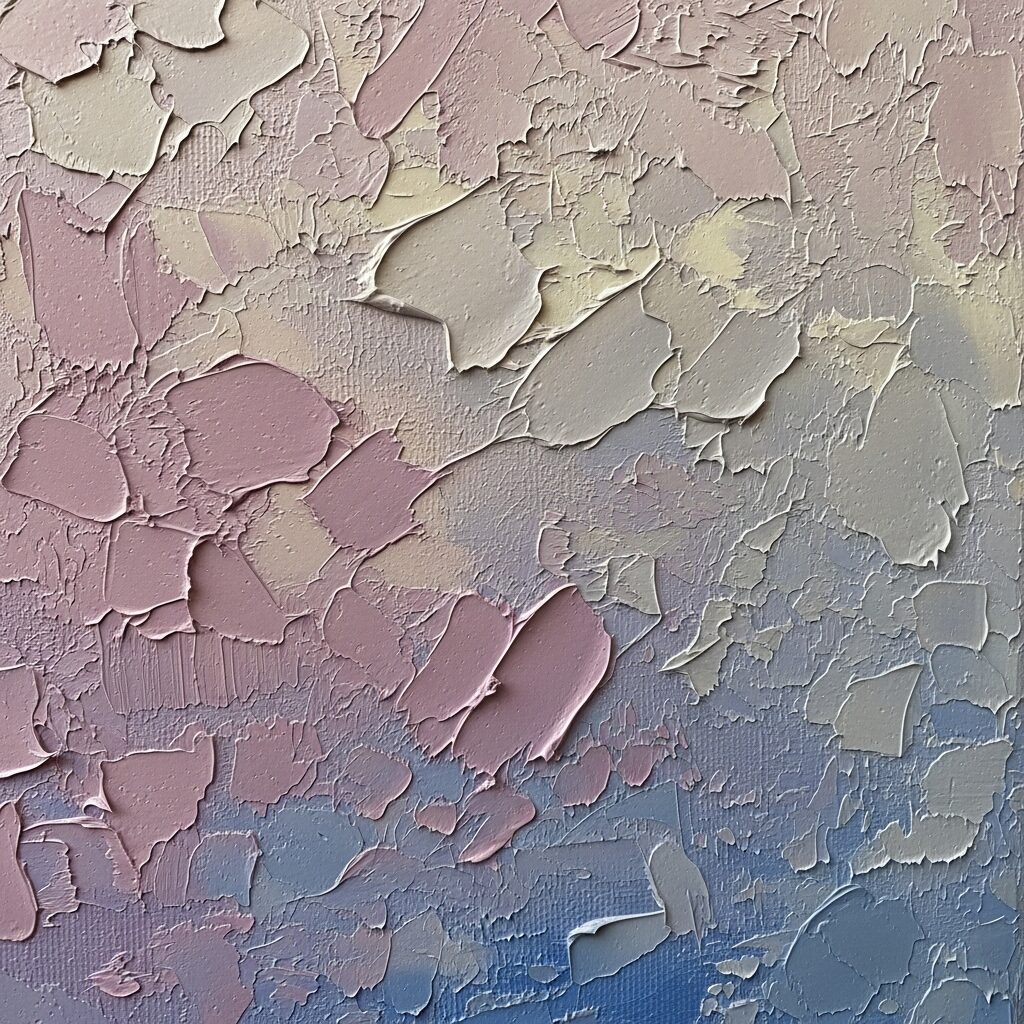
Your brushstrokes are like your fingerprints on the canvas. They show how you’re feeling as you paint.
- Bold, Fast Strokes: Can show excitement, anger, or strong energy.
- Soft, Blended Strokes: Might suggest calmness, dreams, or a gentle mood.
- Thick, Textured Paint (Impasto): Adds a physical presence, making the emotion almost jump off the canvas. Read more about the impasto technique in painting.
- Thin, Delicate Lines: Can convey fragility, precision, or quiet thought.
Don’t be shy with your brush! Let it dance, drag, push, and swirl across the surface. Sometimes, the most powerful brushstrokes are the ones that are a little wild or messy.
3. Texture: Adding Depth to Your Emotions
Texture isn’t just about how the paint looks; it’s about how it feels. You can create texture with thick paint, but also with other materials.
- Palette Knives: Great for scraping, spreading, and creating rough, uneven surfaces.
- Sponges or Fabric: Can make interesting dappled or soft patterns.
- Collage: Adding bits of paper, sand, or other materials can give your painting new layers of meaning and touch.
Texture adds a physical dimension to your emotional expression. Imagine the rough surface of a painting depicting frustration, or the smooth, flowing surface of a tranquil scene.
4. Composition: Arranging Your Feelings
Even in expressive art, how you arrange things on the canvas matters. This is called composition.
- Focal Point: Where do you want the viewer’s eye to go first? This might be the most intense color or the boldest stroke. Learn more about creating focal points in art.
- Balance: Do you want everything to feel harmonious, or intentionally off-kilter to show tension?
- Movement: Do your lines and shapes lead the eye around the painting, creating a sense of flow or chaos?
You might not think about strict rules of composition in expressive art, but having an intuitive sense of how elements interact can make your message even stronger.
5. Subject Matter (or Lack Thereof)
Expressive art doesn’t always need a clear “subject.” It can be totally abstract, just colors and shapes that represent a feeling. Or it can be a recognizable object, but painted in a way that emphasizes its emotional quality rather than its realistic appearance. For example, a portrait might exaggerate features to show inner turmoil or joy.
Easy Techniques to Start Painting Expressively
Here are some simple ways to dip your toes into expressive painting:

- Music as Your Muse: Put on some music that matches a mood you want to explore (happy, sad, angry, peaceful). Let the rhythm and feeling of the music guide your brush. Don’t think, just paint.
- Blind Contour Drawing (with a twist): Instead of drawing what you see without looking at the paper, try drawing a feeling without looking at the paper. What shape is joy? What line is anxiety?
- Color Blasts: Pick one or two emotions, and just dedicate a canvas to splashing colors that represent those emotions. Use big brushes, small brushes, your fingers – anything goes!
- Layering Emotions: Start with one emotion, paint a layer, then think about how that emotion changes or evolves. Add another layer of colors and strokes to reflect that change. This can be particularly effective with watercolors. You can learn more about mastering watercolor layering and blending.
- “Mistake” Magic: When you think you’ve made a “mistake,” instead of trying to fix it or cover it up, ask yourself: “How can this ‘mistake’ become part of the expression?” Sometimes, an unexpected blot or streak can add powerful meaning.
Famous Expressive Artists and Their Lessons
Many artists throughout history have embraced expression over pure realism. Here are a few you might know:
- Vincent van Gogh: His swirling skies and thick, vibrant paint weren’t about exact copies of landscapes; they were about how he felt about the world around him. His emotional intensity is palpable in every stroke. You can learn how to paint like him yourself!
- Jackson Pollock: His famous “drip paintings” are pure expression. He literally poured and dripped paint onto large canvases, letting his body and subconscious guide the creation. It was all about the action and the feeling. Discover more about Jackson Pollock’s drip painting.
- Wassily Kandinsky: Often called the “father of abstract art,” Kandinsky believed colors and shapes could express spiritual and emotional truths without representing anything real. His work is a riot of non-objective forms and vibrant hues. He heavily influenced abstract expressionism.
- Frida Kahlo: Her self-portraits are incredibly raw and expressive, showing her physical pain, emotional turmoil, and strength. She used symbolism and surreal elements to convey her inner experiences vividly.
These artists, despite their different styles, all shared a common thread: they used their art to express something deeply personal and emotional.
Bringing It All Together: Your Expressive Journey
The most important thing about learning how to paint expressive art is to let go of judgment. Forget about “good” or “bad.” Focus on the process, on the feeling, and on allowing your unique voice to emerge. Every mark you make, every color you choose, is a part of your story on the canvas.
Remember, art is a journey of discovery, and expressive art is a journey into yourself. So grab your paints, put on some music, and let your feelings guide your brush. The results might surprise you, and they will certainly be uniquely yours.
“Art washes away from the soul the dust of everyday life.”
Pablo Picasso
This quote perfectly captures the essence of expressive art. It’s not just about creating something pretty; it’s about cleaning out the cobwebs of your mind and letting your true self shine through.

Exploring Expressive Art Styles and Their Characteristics
| Art Style | Key Characteristics | Emotional Focus | Famous Artists |
| Expressionism | Distorted reality, vivid colors, emotional impact over objective reality. | Intense emotion, psychological states, inner torment/joy. | Edvard Munch, Egon Schiele, Ernst Ludwig Kirchner |
| Abstract Expressionism | Large scale, energetic brushstrokes, non-representational forms, focus on process. | Raw emotion, spontaneity, subconscious mind, universal truths. | Jackson Pollock, Mark Rothko, Willem de Kooning |
| Fauvism | Bold, non-naturalistic colors, simplified forms, strong outlines. | Joy, liberation, raw emotion, decorative quality. | Henri Matisse, André Derain |
| Surrealism | Dream-like imagery, illogical scenes, symbolic elements, exploration of the subconscious. | Dreams, fantasies, hidden desires, anxieties, absurdity. | Salvador Dalí, René Magritte, Joan Miró |
| Neo-Expressionism | Return to figuration, aggressive brushstrokes, intense colors, raw imagery. | Social critique, existential angst, personal identity. | Jean-Michel Basquiat, Julian Schnabel, Anselm Kiefer |
Frequently Asked Questions (FAQs)
Q: What is the main purpose of expressive art? A: The main purpose of expressive art is to communicate feelings, emotions, and inner experiences rather than to create a realistic representation of the world. It’s about letting your unique self and feelings show through your artwork.
Q: Do I need special training to do expressive art? A: Not at all! Expressive art is often about letting go of rules and embracing spontaneity. While understanding basic art elements like color and line can help, the most important “training” is to be open to expressing yourself honestly and freely.
Q: Is expressive art the same as abstract art? A: Not quite, but they often overlap. Abstract art doesn’t represent recognizable objects, and it can be expressive. However, expressive art can also include recognizable subjects (like a person or a landscape) but rendered in a way that emphasizes emotion or feeling over realism.
Q: What materials are best for expressive painting? A: You can use almost any materials! Acrylics are great because they dry fast and allow for quick layering. Oils allow for rich textures and blending. Watercolors can be beautifully fluid for expressing emotion. Even pencils, pastels, or charcoal can be used expressively. The best material is often the one you feel most comfortable playing and experimenting with.
Q: Can expressive art help with mental health? A: Yes! Expressive art therapy is a recognized form of therapy that uses creative expression to help people explore feelings, reduce stress, improve self-esteem, and manage behaviors. Even outside of formal therapy, simply engaging in expressive painting can be a wonderful way to process emotions and promote well-being. You can find more information about art for well-being and mental health.
Resources Section
- Goodman, J. (2020). The Healing Power of Art and How to Use It. Psychology Today. Available at: https://www.psychologytoday.com/us/blog/the-healing-power-art/202010/the-healing-power-art-and-how-to-use-it
- Art Therapy Association. (n.d.). About Art Therapy. Available at: https://arttherapy.org/about-art-therapy/
- The Metropolitan Museum of Art. (n.d.). Heilbrunn Timeline of Art History. Available at: https://www.metmuseum.org/toah/
- The Museum of Modern Art (MoMA). (n.d.). Artists and Works. Available at: https://www.moma.org/artists/
- Tate. (n.d.). Art Terms. Available at: https://www.tate.org.uk/art/art-terms
- The Art Story. (n.d.). Art Movements. Available at: https://www.theartstory.org/movements/

